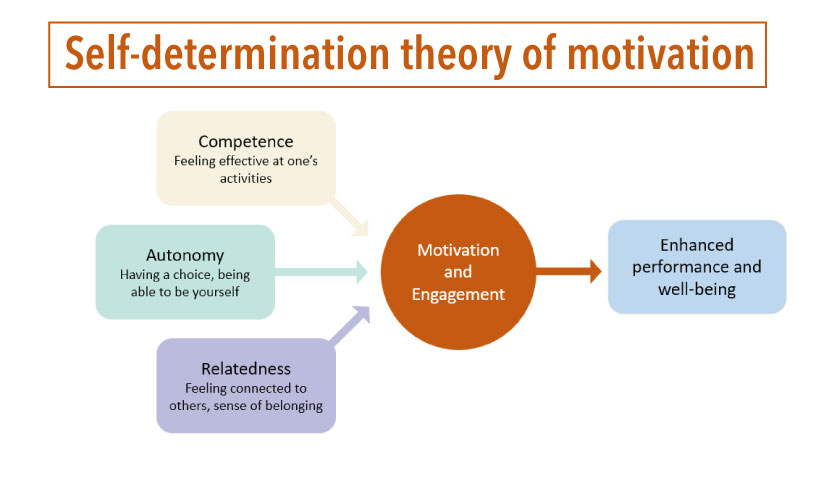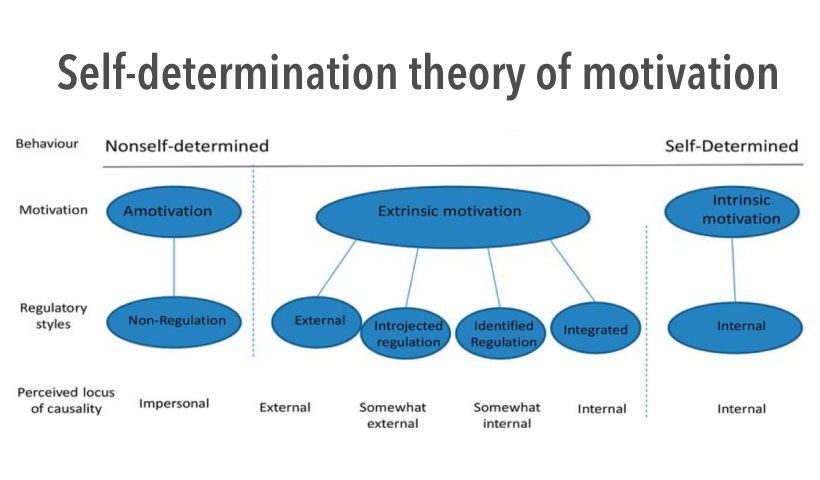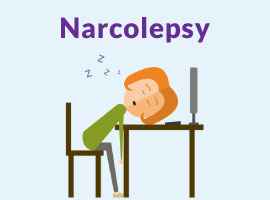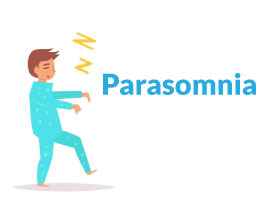Self-Determination Theory (SDT) is a psychological framework developed by Deci and Ryan in the 1980s. It is a macro-theory of human motivation and personality that seeks to understand the factors that drive individuals to behave in certain ways and achieve their goals. The theory emphasizes the importance of intrinsic motivation and the role of three basic psychological needs in promoting well-being and optimal functioning.
The three basic psychological needs proposed by SDT are:
1. Autonomy: Autonomy refers to the need to feel in control of one's actions and choices. People with a high sense of autonomy are motivated by their own interests and values, and they experience greater satisfaction and well-being when they can make their decisions and pursue their goals independently.
2. Competence: The need for competence refers to the desire to be effective and capable in dealing with the challenges and tasks one encounters. When individuals experience a sense of competence, they are more likely to engage in activities that are personally meaningful and challenging.
3. Relatedness: Relatedness is the need for meaningful connections and social interactions with others. Human beings are social creatures, and fostering positive relationships and a sense of belonging is essential for psychological well-being and motivation.

According to SDT, when these three psychological needs are satisfied, individuals are more likely to experience intrinsic motivation. Intrinsic motivation is the inner drive to engage in an activity for its own sake, rather than for external rewards or pressures. In contrast, when these needs are thwarted, individuals may become more extrinsically motivated, driven by external factors such as rewards, punishments, or social expectations.
SDT also distinguishes between different types of extrinsic motivation, ranging from more autonomous forms (e.g., doing an activity because it aligns with one's values) to more controlled forms (e.g., performing a task solely for external rewards or to avoid punishment). The theory suggests that more autonomous forms of motivation lead to better performance, well-being, and overall satisfaction.

SDT has been widely applied to various domains, including education, work, sports, healthcare, and personal relationships. By understanding the role of intrinsic and extrinsic motivation and the satisfaction of basic psychological needs, SDT offers insights into promoting optimal human functioning and enhancing motivation in different contexts.
Self determination theory | Autonomy
Autonomy is one of the three basic psychological needs in self-determination theory. It is the need to feel in control of one's own actions and choices. When people feel autonomous, they are more likely to be motivated to engage in activities, learn new skills, and achieve their goals.
There are two types of autonomy: intrinsic and extrinsic. Intrinsic autonomy is the feeling of being self-directed and motivated by internal factors, such as personal interest or enjoyment. Extrinsic autonomy is the feeling of being controlled by external factors, such as rewards or punishments.
Self-determination theory suggests that intrinsic autonomy is more likely to lead to positive outcomes, such as well-being, happiness, and productivity. Extrinsic autonomy can also be motivating, but it is less likely to lead to lasting motivation and satisfaction.
There are a number of things that can help to promote autonomy, such as:
• Providing people with choices and opportunities to make decisions.
• Giving people feedback and support that is respectful and non-judgmental.
• Creating a sense of belonging and connection with others.
• Helping people to develop their skills and abilities.
When people feel autonomous, they are more likely to be engaged in their activities, learn new skills, and achieve their goals. They are also more likely to be happy and satisfied with their lives.
Here are some examples of how autonomy can be promoted in different settings:
• In the workplace, autonomy can be promoted by giving employees more control over their work tasks, schedules, and decision-making.
• In schools, autonomy can be promoted by giving students more choice in their learning activities, allowing them to work at their own pace, and providing them with opportunities for self-reflection.
• In families, autonomy can be promoted by giving children more opportunities to make decisions, respecting their choices, and providing them with support and guidance.
Overall, autonomy is an important psychological need that can have a positive impact on people's motivation, well-being, and happiness. There are a number of things that can be done to promote autonomy in different settings.
Self-determination theory | Competence
The need for competence is the basic desire to feel effective and capable in one's actions. This need represents an individual's inherent desire to engage in challenges and to experience mastery or proficiency in their endeavors.
When people's need for competence is met, they are more likely to feel confident, capable, and motivated. They are also more likely to persist in the face of challenges and to take risks. On the other hand, when people's need for competence is not met, they may feel insecure, inadequate, and unmotivated. They may also be more likely to give up easily or to avoid challenges.
There are a number of ways to meet the need for competence. One way is to provide people with opportunities to learn new skills and to master new challenges. Another way is to provide people with feedback on their performance, so that they can see how they are progressing and what they need to do to improve. Finally, it is important to create a supportive environment where people feel safe to take risks and to learn from their mistakes.
Here are some examples of how the need for competence can be met in different settings:
• In the workplace, employees can be given challenging assignments, opportunities for training and development, and regular feedback on their performance.
• In school, students can be given challenging assignments, opportunities to work on projects, and regular feedback on their progress.
• In sports, athletes can be given challenging training regimens, opportunities to compete against others, and regular feedback on their performance.
Meeting the need for competence is important for both individual and collective well-being. When people feel competent, they are more likely to be engaged in their work, to learn new things, and to contribute to their communities. They are also less likely to experience anxiety, depression, and other mental health problems.
Self-determination theory | Relatedness
In self-determination theory (SDT), relatedness refers to the need to feel connected to others and to have a sense of belonging.
Relatedness is important because it provides us with a sense of security and support. When we feel connected to others, we feel less alone and more confident in our ability to cope with challenges. Relatedness can also motivate us to achieve our goals, as we want to feel like we are part of something larger than ourselves.
There are many ways to satisfy our need for relatedness. We can do this by spending time with loved ones, joining social groups, or volunteering in our community. We can also satisfy our need for relatedness through our work, as long as we feel like we are part of a team and that our work is making a difference.
When our need for relatedness is not met, we can experience a variety of negative emotions, such as loneliness, anxiety, and depression. We may also be less motivated to achieve our goals and less likely to engage in meaningful activities.
Here are some tips for satisfying your need for relatedness:
• Spend time with loved ones. This could include family, friends, romantic partners, or even pets.
• Join social groups or clubs. This is a great way to meet new people and make connections.
• Volunteer in your community. This is a great way to give back and feel like you are part of something larger than yourself.
• Find a job or career that allows you to connect with others. This could be in a field such as teaching, social work, or healthcare.
If you are struggling to meet your need for relatedness, there are a few things you can do. First, talk to a trusted friend or family member about how you are feeling. They may be able to offer support and suggestions. You can also seek professional help from a therapist or counselor.
Satisfying your need for relatedness is essential for your health and well-being. By following these tips, you can create a more connected and fulfilling life.
Self-determination theory in Education
SDT has been applied to education in a number of ways. One way is to focus on the role of teachers in supporting students' basic needs. Teachers can do this by providing students with choices, allowing them to have a voice in decision-making, and giving them opportunities to learn in a way that is meaningful to them.
Another way to apply SDT to education is to focus on the design of educational environments. Educational environments that are supportive of students' basic needs are characterized by being student-centered, providing opportunities for collaboration, and being challenging but not overwhelming.
There is a growing body of research that supports the effectiveness of SDT-based interventions in education. These interventions have been shown to improve students' motivation, engagement, and achievement.
Here are some specific examples of how SDT can be applied in education:
• Provide students with choices. This can be done by giving them a choice of activities, assignments, or learning materials. For example, a teacher might ask students to choose a book to read for a book report, or to choose a problem to solve in math class.
• Allow students to have a voice in decision-making. This can be done by asking students for their input on classroom rules, procedures, or projects. For example, a teacher might ask students to help create a list of classroom rules or to choose a topic for a class project.
• Give students opportunities to learn in a way that is meaningful to them. This can be done by incorporating students' interests into lessons, or by allowing them to choose how they want to demonstrate their learning. For example, a teacher might create a lesson about the Civil War that incorporates students' interests in history and social justice.
• Design educational environments that are student-centered. This means creating environments where students feel like they have a sense of ownership and control over their learning. For example, a teacher might create a classroom where students can move around freely, or where they can work on projects in groups.
• Provide opportunities for collaboration. This means creating opportunities for students to work together on projects or assignments. For example, a teacher might assign students to work in groups to solve a problem, or to create a presentation together.
• Challenge students but not overwhelm them. This means creating tasks that are challenging but not impossible. For example, a teacher might give students a problem to solve that is just slightly beyond their current level of understanding.
By applying SDT principles in education, teachers can create environments that are more motivating and supportive for students. This can lead to improved student motivation, engagement, and achievement.
Self-determination theory Example
Sure, here are some examples of self-determination theory:
• A child playing with toys for enjoyment. This is an example of intrinsic motivation, which is the most self-determined form of motivation. The child is playing with the toys simply because they enjoy it, and there is no external reward or punishment involved.
• Exercising because you value the health benefits. This is an example of internalized extrinsic motivation, which is a type of motivation that is initially extrinsic but becomes more self-determined over time. The person is exercising because they value the health benefits, which is an internal value.
• Quitting smoking because you value living a longer life with your children. This is another example of internalized extrinsic motivation. The person is quitting smoking because they value living a longer life, which is an internal value.
• A child completing their chores because they understand the value of responsibility. This is an example of extrinsic motivation, but it is still a form of self-determination because the child is completing their chores for a reason that they believe in.
• Creating art for the inherent joy of it. This is another example of intrinsic motivation. The artist is creating art simply because they enjoy the process, and there is no external reward or punishment involved.
These are just a few examples of self-determination theory. There are many other ways to be self-determined, and the specific examples will vary from person to person. However, all of these examples have one thing in common: they involve people doing things that they value, for reasons that they believe in.








